A concrete dome containing radioactive soil and nuclear waste in the Marshall Islands is at risk of cracking due to rising sea levels, threatening people living nearby.
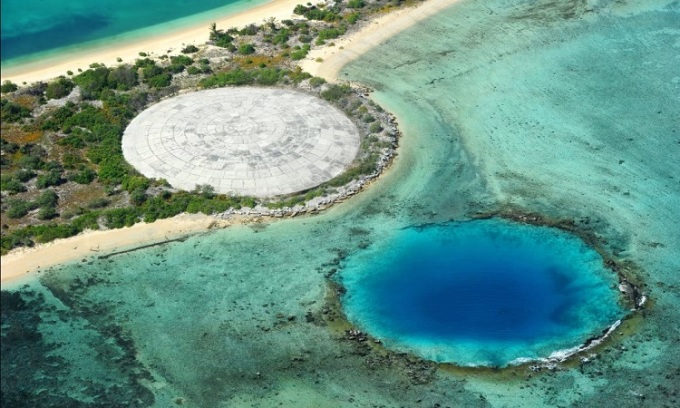
Giant concrete arch on Runit Island. Photo: Ashahi Shimbun
At first glance, the turquoise waters surrounding the Marshall Islands look like paradise. But this idyllic Pacific setting was the site of 67 nuclear bombs detonated during Cold War-era US military tests between 1946 and 1958. The bombs exploded above and below the Bikini and Enewetak atolls, including one 1,100 times more powerful than the atomic bomb dropped on Hiroshima. The release of radiation equivalent to that of Chernobyl forced hundreds of people to flee their homes. Bikini was abandoned. At the urging of the US government, people began returning to Enewetak.
Today, there is little visible evidence of nuclear testing on the islands, except for a 115m-wide concrete dome nicknamed the Grave. Built in the late 1970s and now worn and cracked, the giant concrete dome on Runit Island contains more than 90,000m3 of radioactive soil and nuclear waste (equivalent to 35 Olympic swimming pools), according to the Guardian .
Ian Zabarte, a representative of the Shoshone Native American tribe, is working to reach out to Pacific Islanders affected by nuclear testing. "The health effects of nuclear weapons testing on our people have never been studied. We have never received an apology, let alone compensation," Zabarte said.
“Cancer goes on from generation to generation,” said Alson Kelen, a veteran navigator who grew up on Bikini. “If you ask anyone here if nuclear testing affected their health, the answer is yes.”
The US insists the Marshall Islands are safe. After gaining independence in 1979, the Marshall Islands became self-governing but remained heavily dependent on Washington economically. Today, the island nation still uses the US dollar and US subsidies still account for a large portion of its GDP.
In 1988, an international tribunal was set up to hear the case and ordered the US to pay $2.3 billion in medical and resettlement costs to the Marshall Islands. The US government refused, saying it had fulfilled its responsibility by paying $600 million in the 1990s. In 1998, the US stopped providing medical care to islanders with cancer, leaving many in financial trouble. The ruling is pending a re-negotiation this year. The islanders also asked the US to remove Runit Arch, which is at risk of collapsing due to rising sea levels and the natural deterioration of the concrete structure.
The threat to the Tomb is particularly acute because the Marshall Islands average just 2 meters above sea level and are highly vulnerable to rising sea levels. The island nation’s capital, Majuro, is at risk of frequent flooding, according to a World Bank study. The United States says that because the dome is on Marshallese territory, it is not responsible for its repair.
Experts are still unclear about what will happen to the environment as the Tomb collapses. It is difficult to track how the ecosystem will respond over time because there are few people on Bikini Atoll to monitor the changes. In 2012, a United Nations report said the effects of radiation on the Marshall Islands were long-lasting and contaminated the environment to a level that would be nearly irreversible. During a visit to the islands in 2016, Stanford University oceanography professor Stephen Palumb and his colleagues were warned by locals not to drink the radioactive coconut water or eat coconut crabs, because the groundwater was contaminated.
The nuclear explosions posed a huge threat to local biodiversity. A 1973 US government study found both immediate and long-term damage to marine life: fish exploded as their gas-filled bladders reacted to changes in underwater pressure, and hundreds of otters died instantly.
The resilience of the ocean is impressive, Palumbi said, with coral reefs growing back in the Marshall Islands 10 years after the bomb tests. But evidence of the decades-old event still exists, including a layer of fine, powdery sediment that covers the reefs.
An Khang (According to Guardian )
Source link


![[Photo] Prime Minister Pham Minh Chinh chairs the Government's special meeting on law-making in April](https://vstatic.vietnam.vn/vietnam/resource/IMAGE/2025/4/13/8b2071d47adc4c22ac3a9534d12ddc17)


![[Photo] National Assembly Chairman Tran Thanh Man attends the Policy Forum on Science, Technology, Innovation and Digital Transformation](https://vstatic.vietnam.vn/vietnam/resource/IMAGE/2025/4/13/c0aec4d2b3ee45adb4c2a769796be1fd)
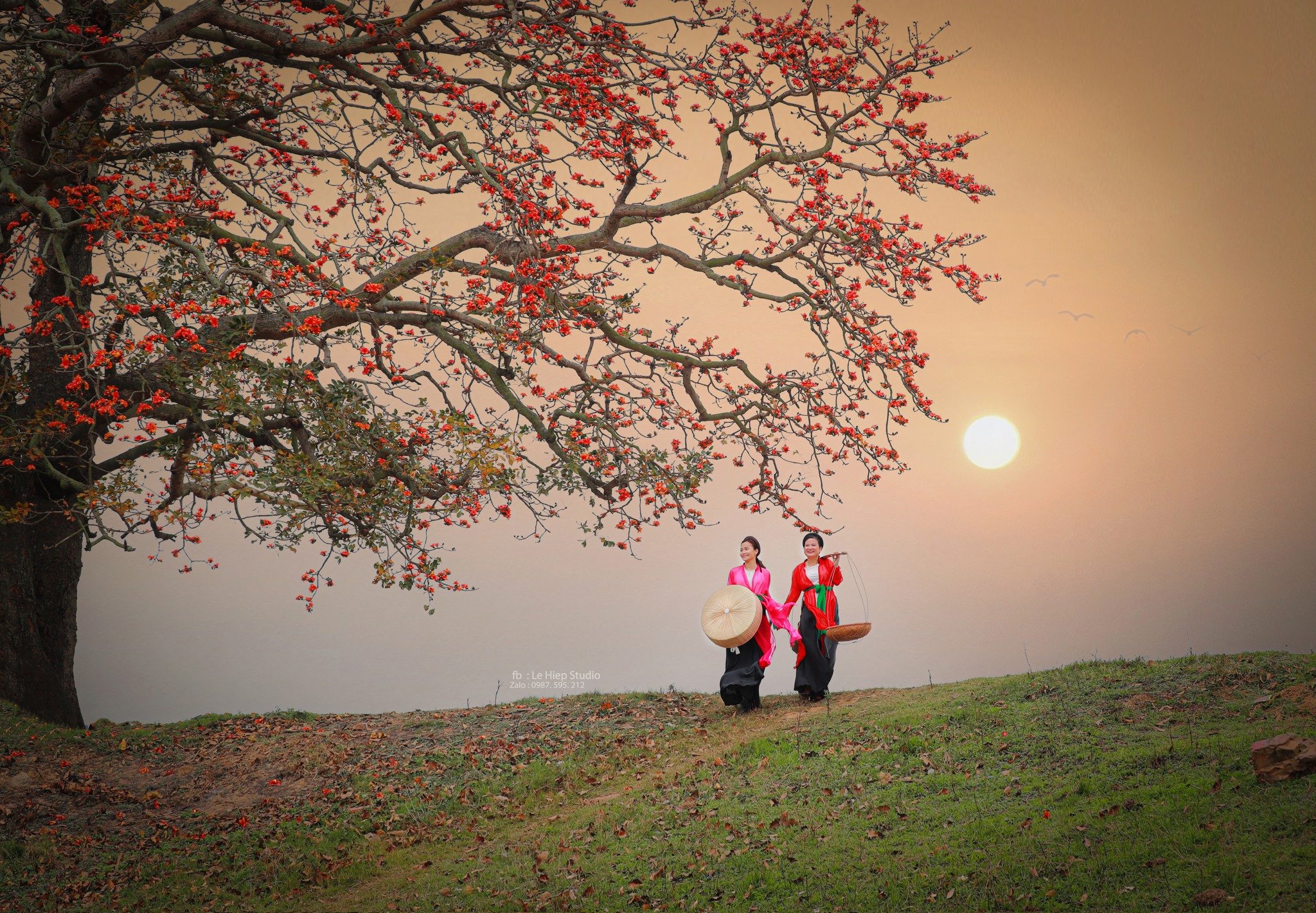
![[Photo] National Assembly Chairman Tran Thanh Man attends the ceremony to celebrate the 1015th anniversary of King Ly Thai To's coronation](https://vstatic.vietnam.vn/vietnam/resource/IMAGE/2025/4/13/6d642c7b8ab34ccc8c769a9ebc02346b)






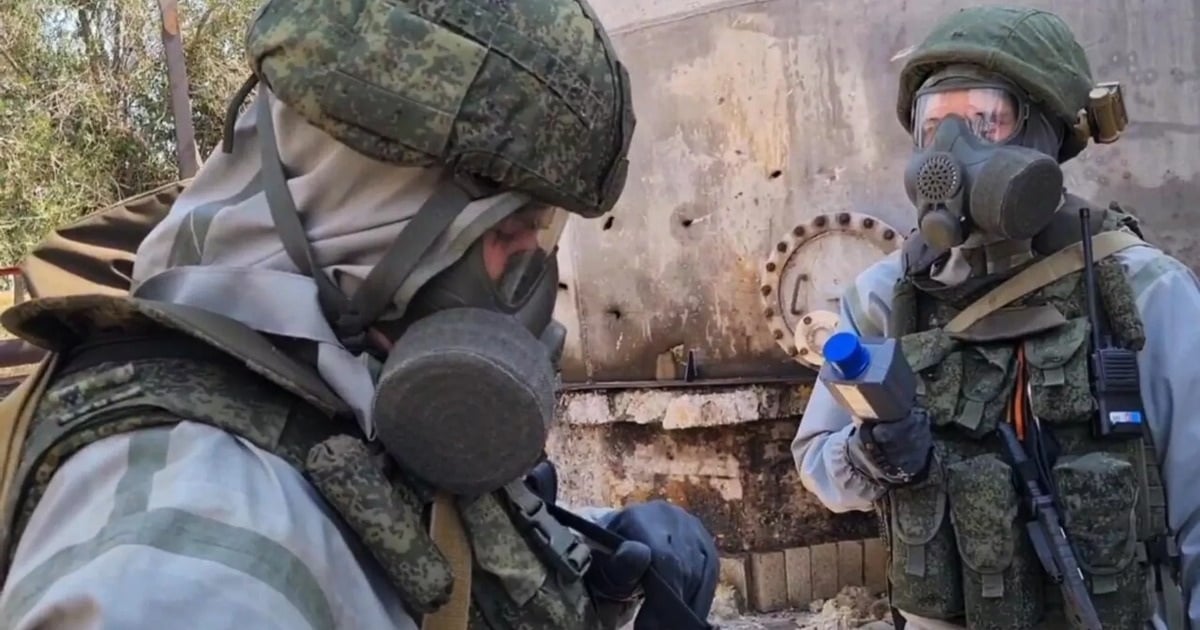

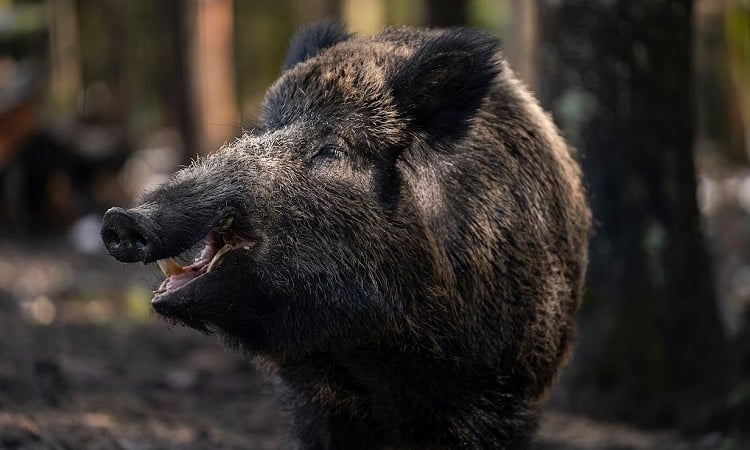
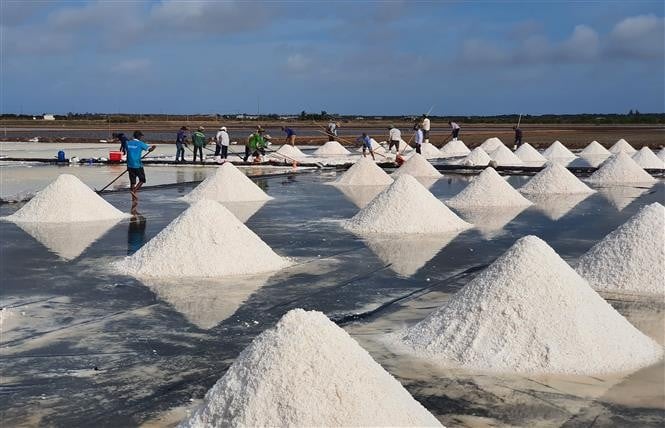


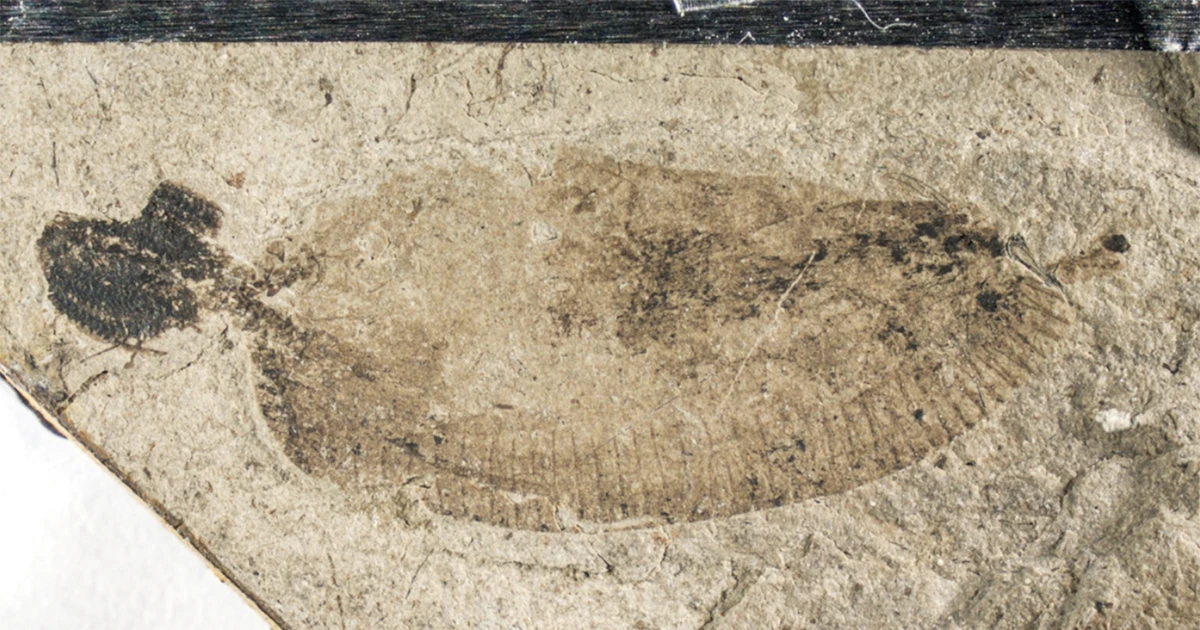

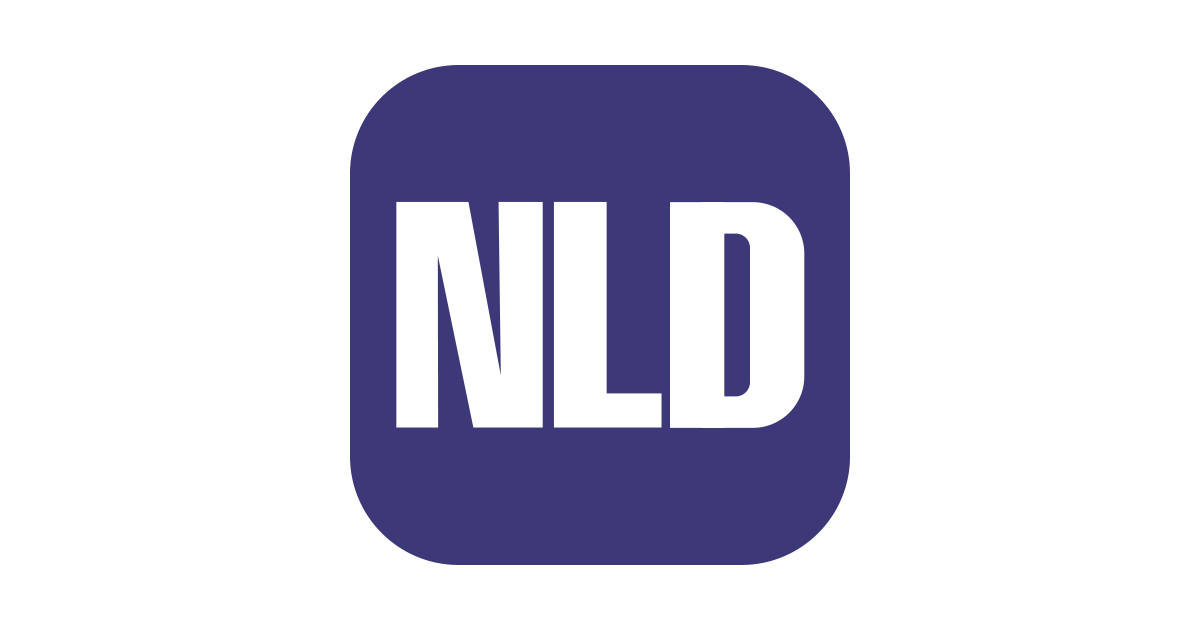
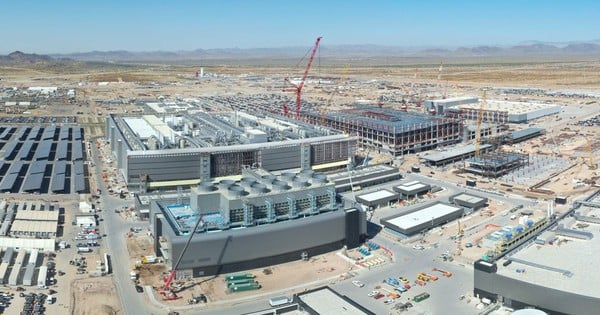











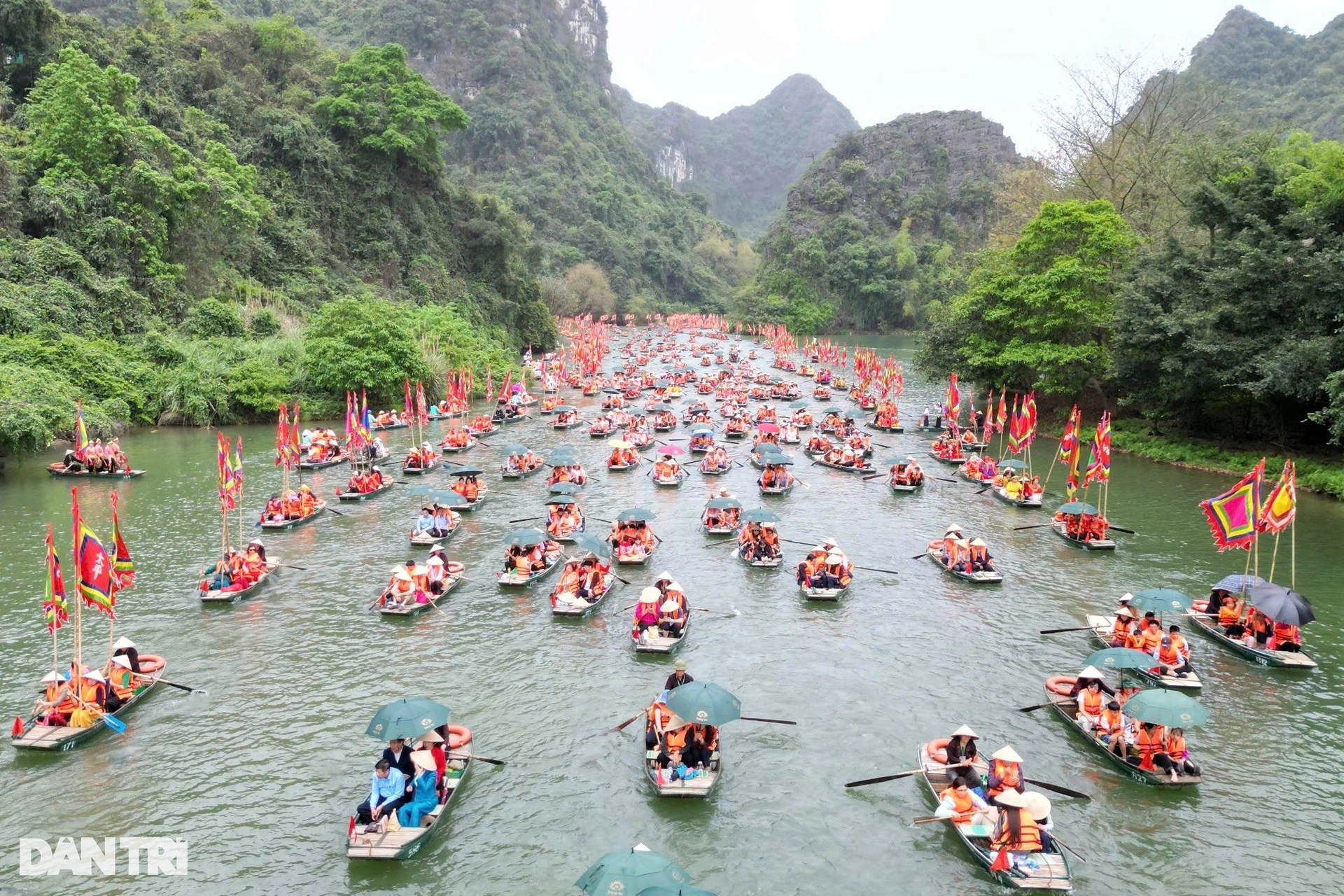





























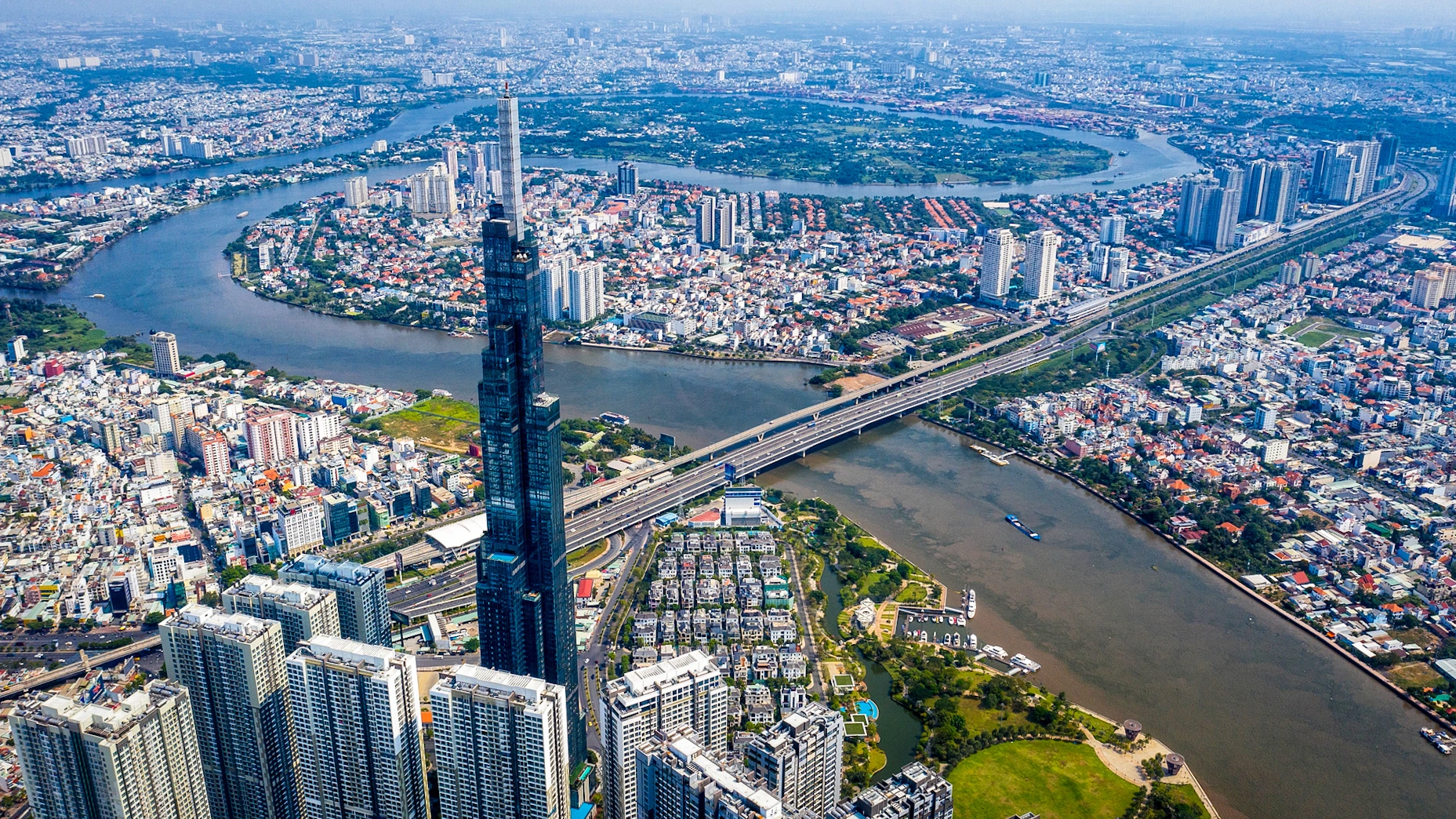




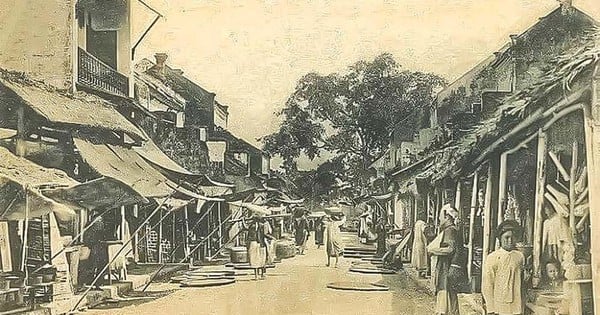

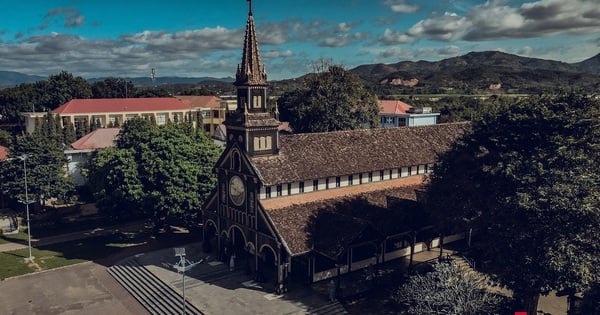








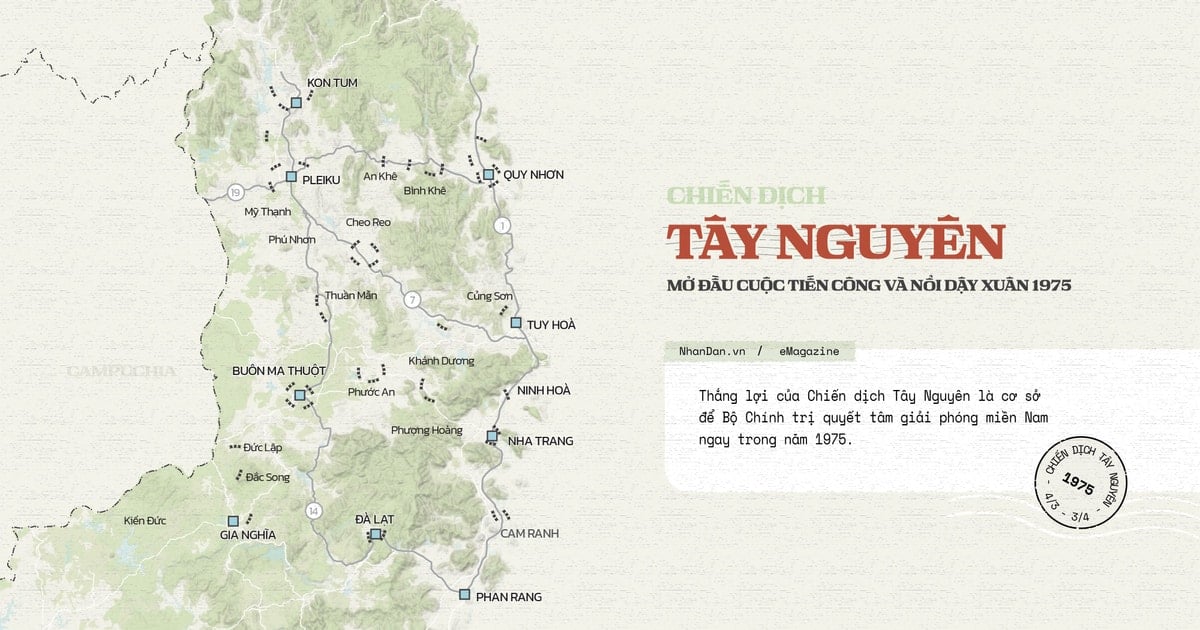

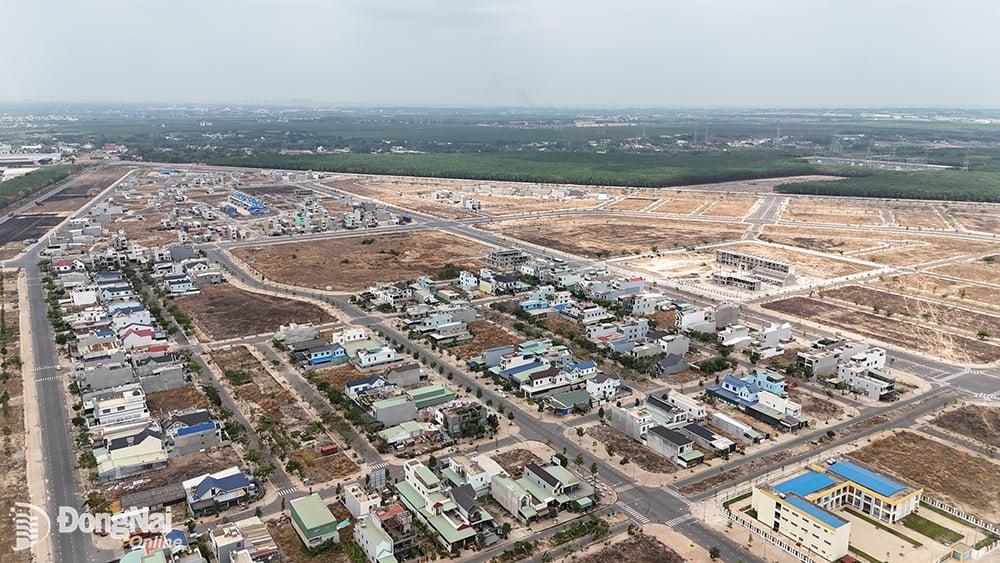

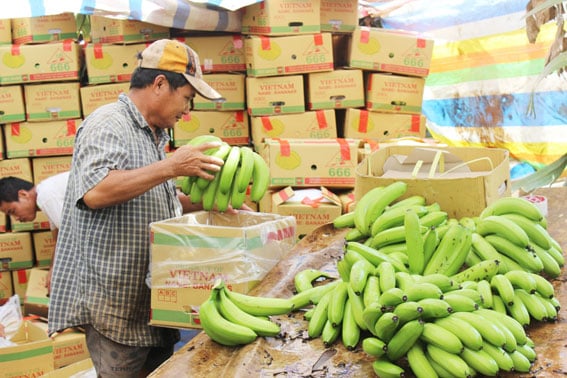











Comment (0)